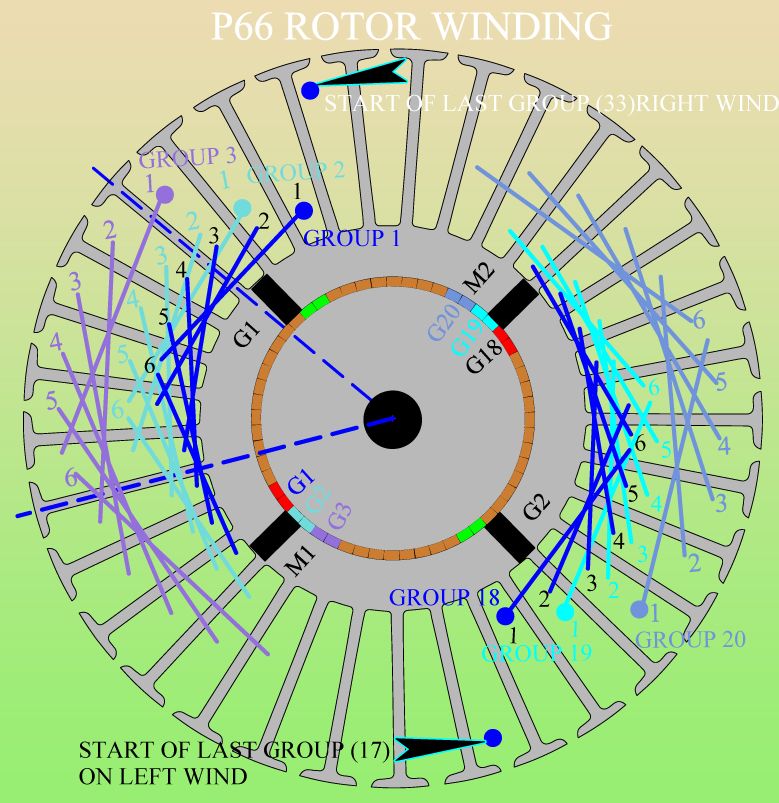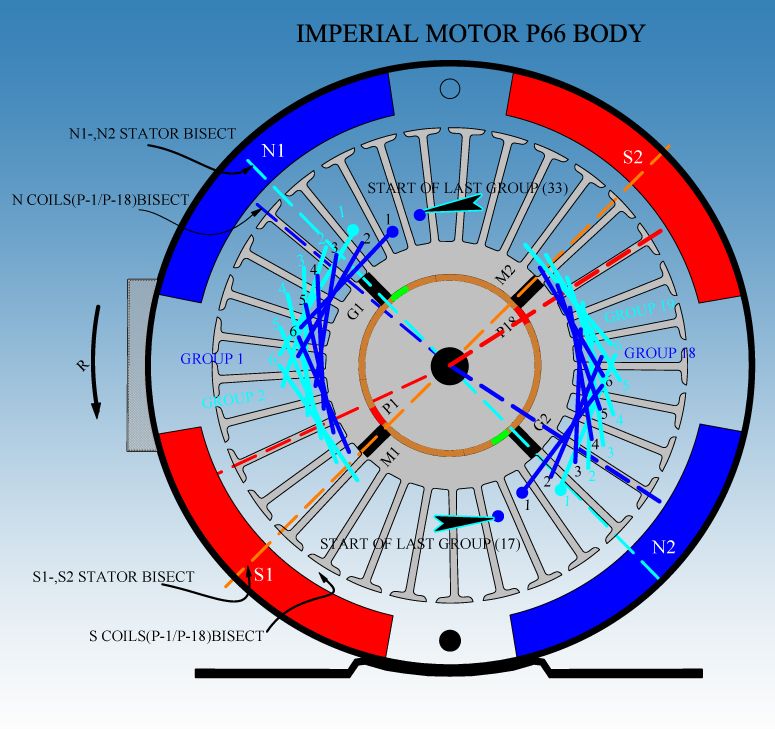Originally posted by Midaztouch
View Post
Hello Midaz,
I separated your comment on that Maxwell Module on this post...so I comment strictly on my opinion about it....since it is important We understand how to build/assemble Supercaps Modules.
In my Opinion: Very "Poor Thought" Architecture.
Maxwell Supercap Module of 160V and 7 Farads...SEVEN FARADS!!...That Capacitance, at 150 Amps burst delivery...will not even spin motor for nano seconds friend...that is very low farads...that will not last nothing...nada!
The Right Architecture when building Supercaps Modules, is to add several Parallel Single Cells (2.7V Units) (based on our demand, and calculating number to use of course) at CELL PACKS to then be added (in reality subtracted..
 ) in Series connection for a bigger Farad rating at the Module End Total Output without even touching Voltage rates...
) in Series connection for a bigger Farad rating at the Module End Total Output without even touching Voltage rates...The same Design Architecture is used with Lithium Ion "Super Modules" for EV's like Tesla and Leaf...
Quoted from Tesla Model S Wikipedia Battery description:
The 85 kW·h battery pack contains 7,104 lithium-ion battery cells in 16 modules wired in series (14 in the flat section and two stacked on the front).Each module contains six groups of 74 cells wired in parallel; the six groups are then wired in series within the module.

Ufopolitics













Leave a comment: